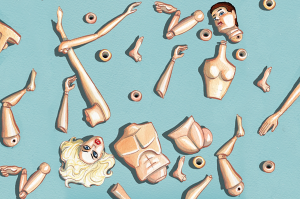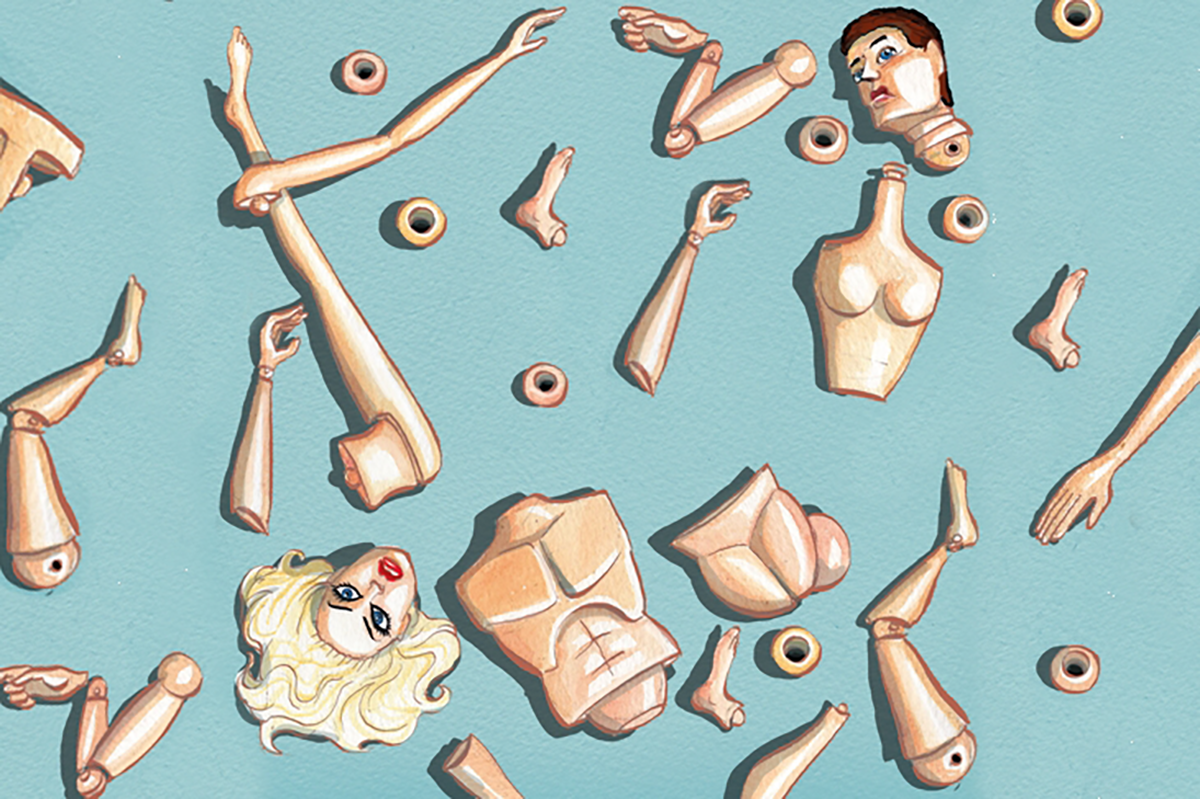The object of a slanderer is to blacken the name of his target so thoroughly everything she says and does reinforces his slander. She can have no independent life or complexity. No one is free to say, although I disapprove of her views on X, I admire her for speaking out on Y. No quarter can be given or complexity acknowledged. The slander is all.
In the case of J.K. Rowling, everything she says and does must be twisted to reinforce the slander that she is a ‘transphobe’.
Last night, I turned on Twitter and wondered, ‘what the hell are they screaming about now?’ — a recurrent thought, I grant you. The hideous hashtag #RIPJKRowling was trending as trolls and their easily manipulated followers poured out their hatred. Rowling was a rat and a racist. She should ‘Sit Down and Shut the Fuck Up For The Rest of Time You Transphobic Bitch’. She wants trans people ‘to die’.
The ‘evidence’ that provoked the malice was so flimsy, even Twitter should have been embarrassed to publish it. Pink News, which dominates the LGBTQ+ outrage market, gave the case for the prosecution. According to the first review, ‘J.K. Rowling’s latest book is about a murderous cis man who dresses as a woman to kill his victims’, it announced.
It is about nothing of the sort, I thought. And I could say that with authority because I had just finished a review copy of Troubled Blood, the fifth novel in Rowling’s Cormoran Strike series, as research for a long piece on her politics and art I’m working on for the Critic. No honest person who takes the trouble to read it can see the novel as transphobic. But then honest people are hard to find in a culture war.
The men and women pouring out their loathing of Rowling online could not have read the unreleased book: not that their ignorance bothered them in slightest, as no mob on the rampage in history has ever stopped to read a novel.
One person had read it, however, a reviewer for the Daily Telegraph. And it was his assertion that set off the hate fest. The meat of the book, he declared is ‘the investigation into a cold case: the disappearance of GP Margot Bamborough in 1974, thought to have been a victim of Dennis Creed, a transvestite serial killer. One wonders what critics of Rowling’s stance on trans issues will make of a book whose moral seems to be: never trust a man in a dress’.
That slippery ‘seems’ should have put readers on their guard. The moral of the book is not ‘never trust a man in a dress’. Transvestism barely features. When it does, nothing is made of the fact that the killer wears a wig and a woman’s coat (not a dress) as a disguise when approaching one of his victims. Maybe this tiny detail is enough for the willfully ignorant to damn Rowling as a ‘witch’ — I’m not making it up, for this is how Everton goalkeeper-turned-Twitter celebrity Neville Southall described her. But no one else should be satisfied.
Troubled Blood is a 900-page novel that is Dickensian in its scope and gallery of characters. Strike and his business partner Robin Ellacott are hired by a middle-aged woman to investigate the disappearance of her mother in the 1970s. Detectives at the time thought Creed had killed her, but no one knew the truth and the woman’s body had never been found. Strike and Ellacott investigate Creed, but then they investigate a good dozen others. You have to search hard to find a justification for the belief that the book’s moral ‘seems’ to be ‘never trust a man in a dress’. But then relentless searches for the tiniest evidence of guilt are the marks of heresy hunters
It amounts to this. On page 75, Strike is listening to the son of an investigating officer tell him what he knows about Creed.
‘He had his failures you know. Penny Hiskett, she got away from him and gave the police a description in ’71, but that didn’t help them much. She said he was dark and stocky, because he was wearing a wig at the time and all padded out in a woman’s coat. They caught him in the end because of Melody Bower. Nightclub singer, looked like Diana Ross. Creed got chatting to her at the bus stop, offered her a lift, then tried to drag her into the van when she said no. She escaped, gave the police a proper description and told them he’d said his house was on Paradise Park.’
Creed mentions the advantage of lipstick and a wig in making women think he’s ‘a harmless old queer’ when Strike interviews him, and that’s about that. A novelist uses a passing detail to explain how a murderer got close to one of his victims — for presumably the victim who gave the police a ‘proper description’ did not see him in a woman’s coat and wig. A critic, unintentionally or not, whips up a rage, and thousands allow themselves to be whipped. Pavlov’s dogs showed more critical independence.
I can’t say more without spoiling the book for readers. But let me put it like this: when you reach the last pages the full absurdity of the statement that Rowling’s ‘moral seems to be: never trust a man in a dress’ will be revealed.
[special_offer]
In contrast to her opposition to Scottish nationalism, which to my mind makes a clumsy appearance in the novel, Rowling makes no attempt to nudge the reader towards today’s arguments about women-only spaces and the safeguards or lack of them governing the clinics that offer hormone suppressing drugs or surgery. Nothing flows from Creed’s disguise. It leads to no wider conclusions.
In one respect, however, her critics are right to scream ‘witch’. Rowling’s writing is becoming ever-more feminist; ever-more conscious of women’s physical and emotional abuse. The novel’s descriptions of how men condescend to Robin Ellacott, how they send her lewd pictures, grab her, talk over her, and refuse to accept her opinions because they are from a woman form one of the novel’s most convincing themes.
In this sense, if nothing else, Rowling’s latest work honestly mirrors her online life. She knows, as her characters know, that women who speak out of turn find themselves alone in a free-fire zone.
This article was originally published on The Spectator’s UK website.

























